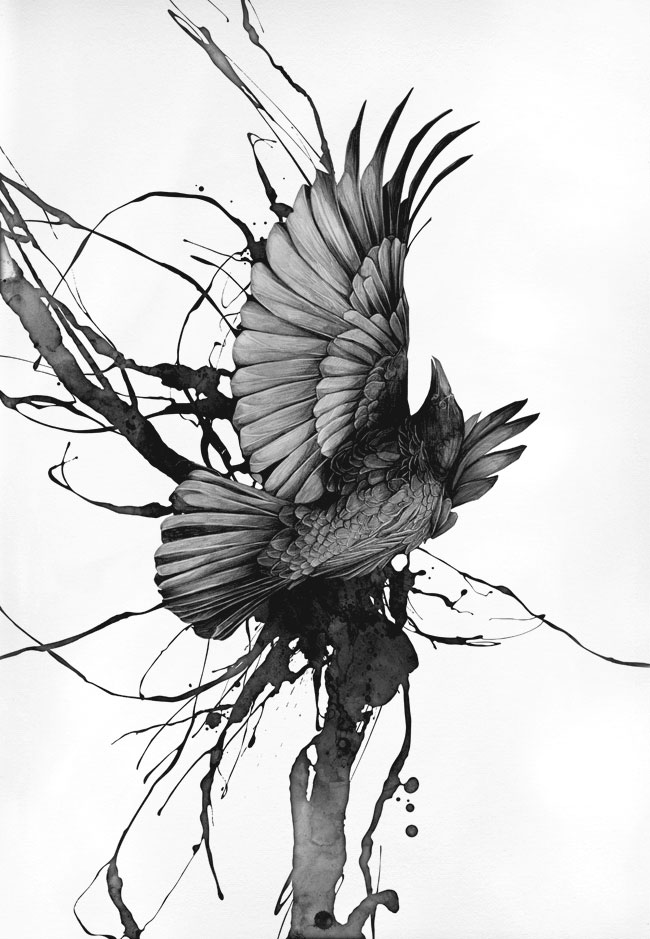

In matriarchy, the word KANYAKA DAANAM or KALYANAM is not used but in KERALA they call it as PUTAMURI.

These rites are bestowed on the husband’s sister’s son. Even when the husband dies the wife and their children need not observe any mourning. In matriarchal system the mother is supreme and father has no place. Even after the husband’s death the wife belongs to the husband’s house. Even if father or mother of the girl dies she observes three days mourning or PULA whereas when the husband’s mother or father dies she has to observe 10 days’ mourning and perform all religious rites with her husband. A girl child also belongs to father’s clan till she is married or given in KANYAA DAAN.Īgain, in matriarchy, after the marriage, the husband lives in his wife’s house depending on the pleasure of his wife or till he is fed up with her and in Patriarchy the girl goes to the husband’s house In fact in patriarchy when a girl is married, her lineage or GOTHRAM is changed and becomes the husband’s Gothram. they belong to the mother’s clan and the off springs are father’s property and belong to father’s clan in Patriarchal system. To make it clear, the off springs are mother’s property in Matriarchal system i.e. In Matriarchal system, the off springs lean towards mother’s side and in Patriarchal System, towards father’ s side. However in certain parts of India, like North eastern states and Kerala MATRIARCHICAL SYSTEM is still prevalent.

With the advancement of Vedic period and the caste system was adopted as per the KARMA one performed., Matriarchy slowly gave way to patriarchy. Long before and even afterVedic period started, all Hindus most probably adopted a system in which Matriarchy was prevalent. CONTINUATIONīefore you read this article, kindly keep your calm since, I am writing about certain systems which are prevailing even now, and I do not mean by writing this to cast aspersions against any individual or caste. MATRIARCHAL AND PATRIARCHAL SYSTEMS AMONG HINDUS & POSITION OF WOMEN AS PER VEDAS AND NOW.


 0 kommentar(er)
0 kommentar(er)
